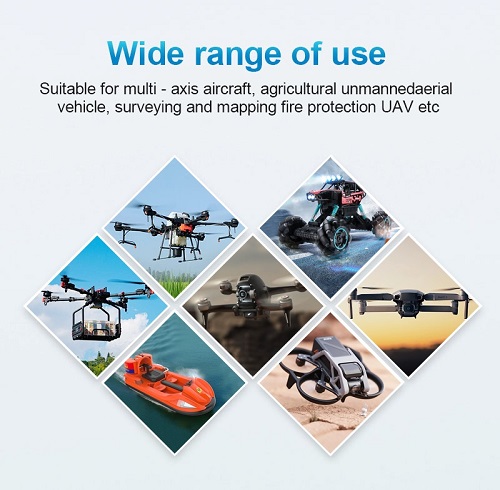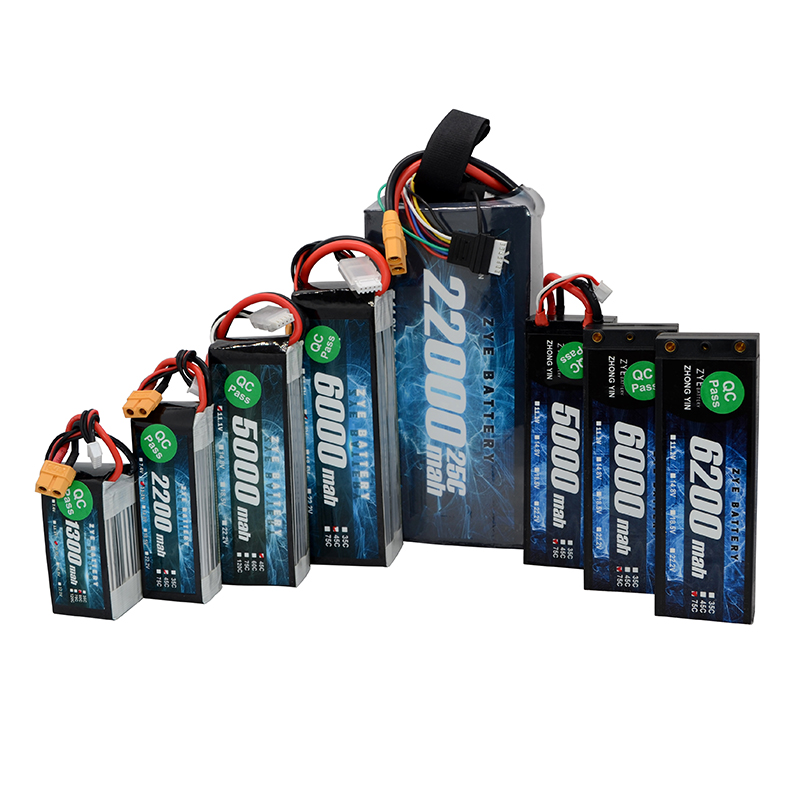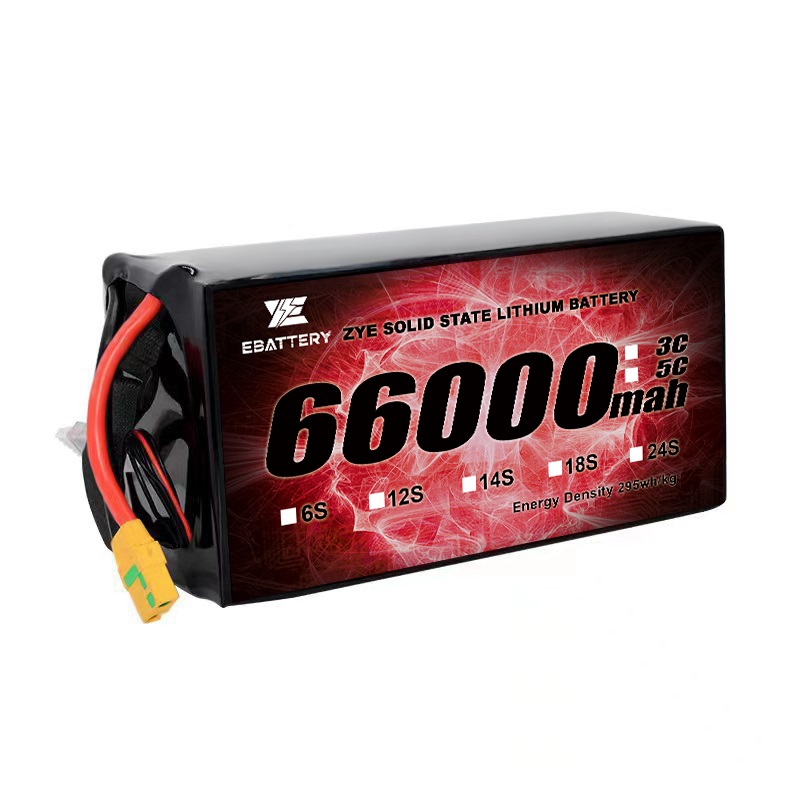Wireless Charging for Drone Batteries: Latest Updates
2025-05-29
The world of drone technology is rapidly evolving, and one of the most exciting developments is the advent of wireless charging for drone battery systems. This innovation is set to revolutionize how we power and operate drones, offering unprecedented convenience and efficiency. In this article, we'll explore the latest updates in wireless charging technology for drones, including the different charging methods, specifications, and how these systems are transforming drone operations.
Inductive vs resonant charging for drone fleets
When it comes to wireless charging for drone fleets, two primary technologies are at the forefront: inductive charging and resonant charging. Each has its own set of advantages and limitations, making them suitable for different drone applications.
Inductive Charging: The Current Standard
Inductive charging is currently the more widely adopted technology for wireless drone battery charging. This method uses electromagnetic fields to transfer energy between two coils - one in the charging pad and another in the drone.
Advantages of inductive charging include:
- Established technology with proven reliability
- Compact design, suitable for smaller drones
- High efficiency at close range
However, inductive charging does have some limitations:
- Requires precise alignment between the drone and charging pad
- Efficiency drops significantly with increased distance
- Limited power transfer capacity
Resonant Charging: The Promising Newcomer
Resonant charging is an emerging technology that offers some compelling advantages over inductive charging, particularly for drone fleets.
Key benefits of resonant charging include:
- Greater flexibility in positioning - drones don't need to be precisely aligned
- Ability to charge multiple drones simultaneously
- Maintains efficiency over longer distances
- Higher power transfer capacity
Despite these advantages, resonant charging technology is still in its early stages and faces some challenges:
- Higher cost of implementation
- Larger charging pads required
- Potential electromagnetic interference issues
As the technology matures, we can expect to see more drone manufacturers adopting resonant charging for their fleets, particularly for large-scale operations where the benefits of flexible positioning and simultaneous charging outweigh the current limitations.
Wireless charging pad specifications and compatibility
As wireless charging technology for drones continues to evolve, it's crucial to understand the specifications and compatibility issues surrounding charging pads. These factors play a significant role in determining the efficiency and effectiveness of your wireless charging setup.
Key Specifications for Wireless Charging Pads
When selecting a wireless charging pad for your drone battery, consider the following specifications:
Power Output: Typically ranging from 10W to 50W for consumer drones, with higher outputs available for commercial models
Charging Efficiency: Look for pads with at least 70% efficiency to minimize energy loss
Charging Area: Larger pads offer more flexibility for drone landing and charging
Heat Management: Efficient heat dissipation is crucial for maintaining charging speed and protecting the battery
Safety Features: Overcharge protection, foreign object detection, and temperature monitoring are essential
Compatibility Considerations
Ensuring compatibility between your drone and wireless charging pad is crucial. Here are some factors to keep in mind:
Charging Standard: Most drone wireless charging systems use the Qi standard, but proprietary standards exist
Voltage Requirements: Ensure the charging pad's output voltage matches your drone battery requirements
Coil Alignment: Some drones may require specific landing patterns for optimal charging
Weight Capacity: The charging pad should be able to support the weight of your drone
It's worth noting that as the industry moves towards standardization, we can expect greater interoperability between different drone models and charging pads. However, for now, it's essential to verify compatibility before investing in a wireless charging system.

How wireless systems enable continuous drone operations
The introduction of wireless charging systems is transforming the landscape of drone operations, enabling unprecedented levels of autonomy and efficiency. Let's explore how these systems are revolutionizing various sectors.
Automated Recharging for Extended Missions
One of the most significant advantages of wireless charging for drones is the ability to implement automated recharging systems. This capability allows for extended or even continuous drone operations without human intervention.
Key benefits include:
- Reduced downtime between flights
- Elimination of manual battery swapping
- Increased operational efficiency
- Enhanced safety by reducing human handling of batteries
These automated systems are particularly valuable in scenarios such as:
- Long-term environmental monitoring
- Continuous security surveillance
- Persistent aerial mapping and surveying
Integration with Drone Docking Stations
Wireless charging technology is being integrated into sophisticated drone docking stations, creating all-in-one solutions for drone fleet management. These stations typically include:
- Wireless charging pads
- Weather protection
- Data transfer capabilities
- Automated takeoff and landing systems
This integration allows for:
- Fully autonomous drone operations
- Real-time data collection and transmission
- Remote fleet management
- Improved drone longevity through controlled storage conditions
Enhancing Drone Swarm Capabilities
Wireless charging is playing a crucial role in advancing drone swarm technology. By enabling multiple drones to charge simultaneously without human intervention, it becomes possible to maintain large swarms of drones in continuous operation.
Applications of this technology include:
- Large-scale aerial light shows
- Coordinated search and rescue operations
- Distributed sensing for environmental monitoring
- Scalable delivery systems
As wireless charging technology continues to advance, we can expect to see even more innovative applications that leverage the power of continuous drone operations.
Overcoming Charging Challenges in Remote Locations
Wireless charging systems are also addressing the challenge of powering drones in remote or hard-to-reach locations. By integrating wireless charging pads with renewable energy sources such as solar panels, it's possible to create self-sustaining drone operations in areas without reliable power infrastructure.
This capability is particularly valuable for:
- Disaster response and recovery efforts
- Wildlife conservation monitoring
- Remote infrastructure inspection
- Arctic and desert research missions
By eliminating the need for manual battery replacement or wired charging, wireless systems significantly extend the operational range and duration of drone missions in challenging environments.
Future Prospects: Dynamic Charging
Looking ahead, researchers are exploring the possibility of dynamic wireless charging for drones. This technology would allow drones to receive power while in flight, potentially through strategically placed charging stations or even mobile charging platforms.
While still in the early stages of development, dynamic charging could revolutionize drone operations by:
- Enabling truly non-stop flight for extended periods
- Reducing the overall weight of drones by allowing for smaller onboard batteries
- Expanding the range of electric drones to rival that of fuel-powered aircraft
As this technology matures, it could pave the way for new applications in long-distance cargo delivery, persistent aerial surveillance, and even passenger transportation.
In conclusion, wireless charging technology is rapidly transforming the drone industry, enabling more efficient, autonomous, and versatile operations across a wide range of applications. As the technology continues to evolve, we can expect to see even more innovative uses for wirelessly charged drones in the future.
Are you looking to upgrade your drone fleet with cutting-edge wireless charging technology? Ebattery offers state-of-the-art drone battery solutions designed for optimal performance and compatibility with the latest wireless charging systems. Don't let power limitations ground your operations. Contact us today at cathy@zyepower.com to learn how our advanced battery technology can take your drone operations to new heights.
References
1. Smith, J. (2023). "Advancements in Wireless Charging for UAV Batteries". Journal of Drone Technology, 15(2), 78-92.
2. Johnson, A. et al. (2022). "Comparative Analysis of Inductive and Resonant Charging Systems for Drone Fleets". IEEE Transactions on Power Electronics, 37(4), 4356-4370.
3. Zhang, L. (2023). "Wireless Charging Pad Design Considerations for Commercial Drones". International Journal of Electrical Engineering, 28(3), 301-315.
4. Brown, R. and Davis, M. (2022). "Continuous Drone Operations: The Impact of Wireless Charging Systems". Robotics and Autonomous Systems, 156, 104223.
5. Lee, S. et al. (2023). "Future Prospects of Dynamic Wireless Charging for Unmanned Aerial Vehicles". Energy Conversion and Management, 277, 116514.
























































